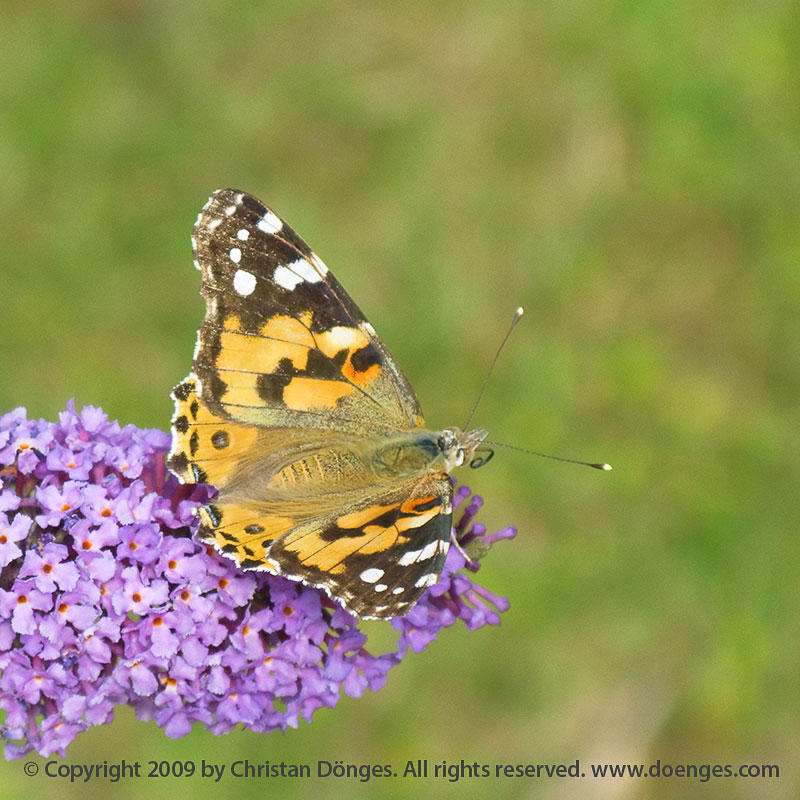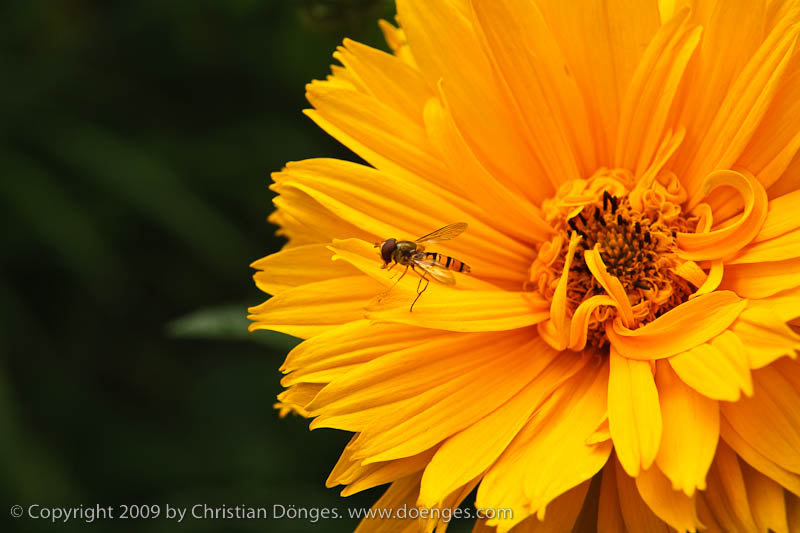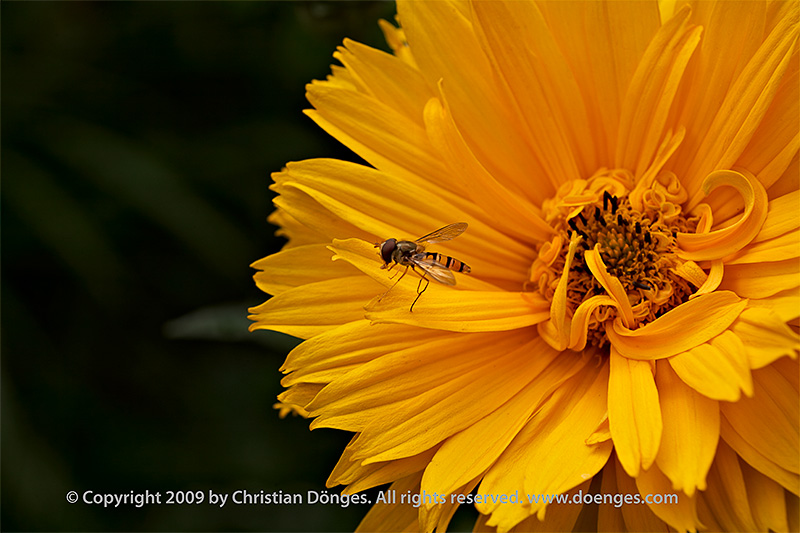[caption id="" align="aligncenter" width="600" caption="Painted Lady butterfly sitting on a purple lilac."]
 [/caption]
[/caption]For some reason, lilacs seems to drive butterflies in general and these in particular into an ecstatic frenzy: the butterflies come from all over, congregate on the blossoms, and flutter about as if delirious with pleasure. I guess the nectar from the blossoms is really, really tasty.
Photographically speaking, the image was quite a challenge to obtain: I was carrying only a Canon G9 at the time, so I had to get quite close to the butterfly to be able to photograph it. And even though the butterfly was having a really good meal, it clearly did not want to become a meal for someone else - so it was moving about at a brisk pace and did not allow me to get very close at all.
I cranked out the zoom all the way and held the camera at arms length, which at least allowed me to get close enough to get a significant part of the frame to show butterfly, not background.
The problems did not end here: when cranked out fully, the G9 is at f4.8 and the late afternoon light was not bright enough to allow a short enough exposure to freeze the butterflies motion at ISO 80, which is the lowest ISO the G9 will allow. (I usually use ISO 80 to reduce noise to the minimum.) In this case, I decided that noise would be less of a problem than motion blur and set the ISO to 200 to allow a 1/320s exposure.
The result is adequately sharp. If you look very closely, you can tell that sharpness begins to drop off near the butterfly head. Just a little bit softer and I would have tossed the image - I guess that having a small sensor (and therefore great depth of field) was good in this case.
Update 06-MAY-2010: Reader J Danson kindly pointed out that this is not a Small Tortoiseshell but rather a Painted Lady. He's right, so I've fixed the posting but have left the URL intact.




